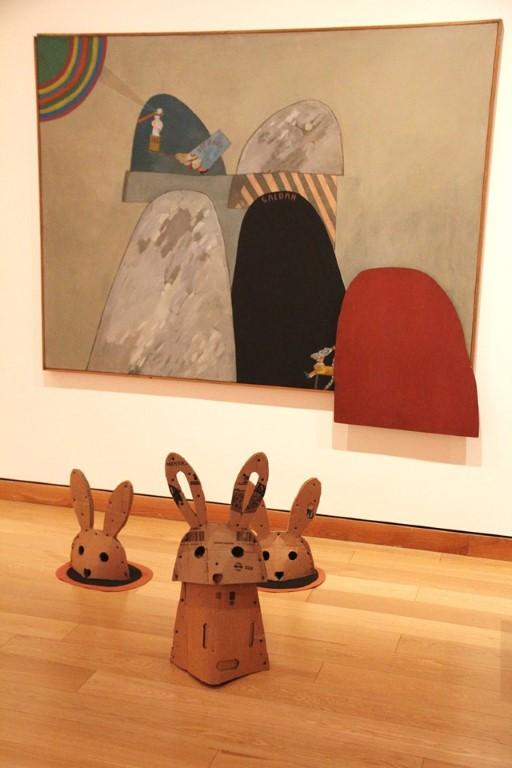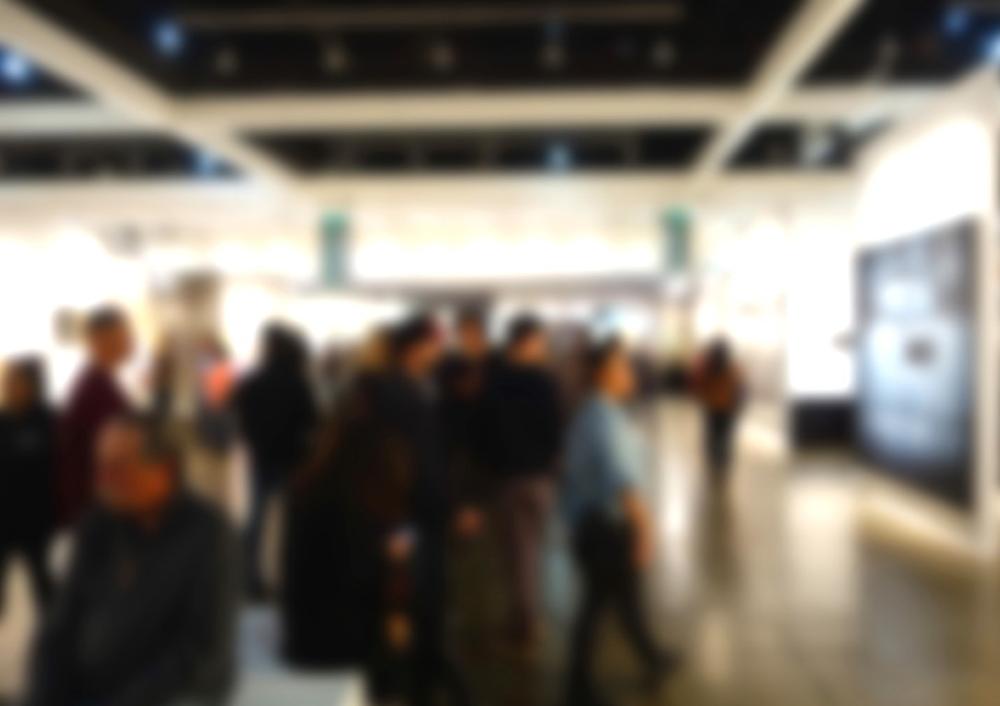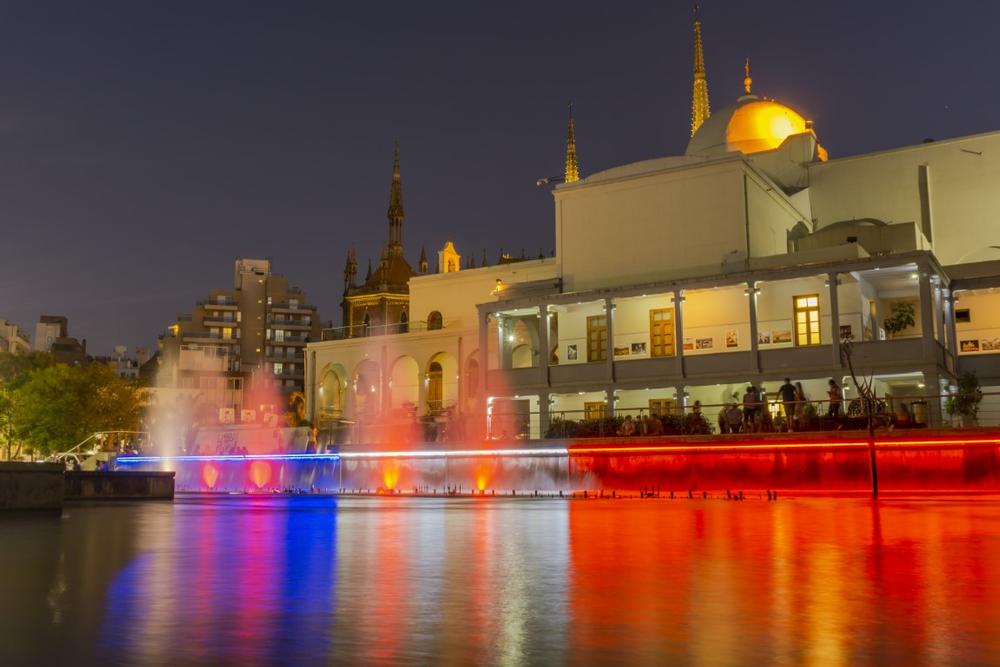In This Article
Craving colonial charm, student energy, and scenic sierras? Head to Córdoba, Argentina! The second-largest city in Argentina, Córdoba blends history, arts, and youthful buzz thanks to its many universities. Whether you're touring Jesuit churches, hiking in the hills, or enjoying Argentine cuisine and nightlife, Córdoba delivers an unforgettable mix of culture and nature.
When I like to visit
The best time to visit Córdoba is from March to May (fall) and September to November (spring). These seasons offer pleasant weather and fewer crowds. Summers (December to February) are hot and lively, while winters are cool and mild.
Tips for getting There
- By Plane: Ingeniero Aeronáutico Ambrosio L.V. Taravella International Airport (COR) is located about 25 minutes from downtown Córdoba and offers both domestic and international flights.
- By Bus: Córdoba is a major hub with frequent long-distance buses from Buenos Aires (about 9 hours), Mendoza, Salta, and more.
- By Car: It’s approximately 430 miles (700 km) northwest of Buenos Aires via National Route 9.
Where I like to stay
- Sacha Mistol Art Hotel – Boutique hotel with local art and a bohemian vibe near the city center.
- NH Córdoba Panorama – Upscale hotel with a rooftop pool and great views, located downtown.
- Azur Real Hotel Boutique – Stylish hotel with a spa and rooftop hot tub just steps from historic sites.
Top Attractions
1. Stroll, Paddle, or Relax in the Expansive Green Space of Sarmiento Park

© Pedro Suarez/stock.adobe.com
Late in the 19th Century, the rapidly growing city of Cordoba needed an open, green space. It took from 1890 to 1911 to create the 70 hectare park which was named after former President Domingo Sarmiento. It is the largest open space in Cordoba and close to the heart of the city center. The shade from its enormous trees create a welcome refuge in summer. Rose gardens, water features and an amphitheatre with 2000 seats, developed at its inception, are still in existence. The Sarmiento Park houses the zoo and duck lake, benches and sculptures. There are miles of cycling tracks and facilities for 10 other sports.
2. Admire Argentine Masterpieces at the Evita Fine Arts Museum (Palacio Ferreyra)

© Evita Fine Arts Museum
Between 1912 and 1916, Dr Martin Ferreyra, a physician and owner of limestone quarries, built his mansion facing onto Sarmiento Park. Subsequent owners made alterations to the structure. A striking feature is the central hall which is 20 meters high. In 2005, it was expropriated for the purposes of creating a fine arts museum and named after Evita Peron, wife of former President Juan Peron. The Evita Fine Arts Museum owns over 500 works done by artists of the Province of Cordoba. There are 12 permanent and several temporary exhibitions, a library and an auditorium which seats 2000 people.
3. Explore Classical and Contemporary Works at the Emilio Caraffa Fine Arts Museum

© jdoms/stock.adobe.com
Emilio Caraffa Fine Arts Museum which also faces onto Sarmiento Park was established in 1915 as the Provincial Fine Arts Museum. In 1950 it was renamed after Emilio Caraffa, a local artist. The neoclassical building houses 1500 square meters of museum display area. There are 1100 works of artists from the late 19th century to the present day, displayed in permanent and temporary exhibitions. The archive holds files of artists, records of their works, previous exhibitions and documentaries. There is also a reference library and a store which sells books, catalogs and memorabilia. Education outreaches include tours, creative workshops and conversations with artists.
Av. Poeta Lugones 411 | X5000HZE Córdoba, Argentina, Phone: 54-35-14-34-33-48 /49
Romantic Activities and Attractions:
4. Shop, Dine, and Enjoy Open-Air Art at Paseo del Buen Pastor

© Pedro Suarez/stock.adobe.com
The 10000 square meter space that is now occupied by an open air shopping gallery was once a women's prison. It was a drab structure, built in 1906. A Greek style chapel was attached to it and Emilio Caraffa and other artists decorated the chapel's interior walls with frescoes. The prison was closed in 1977 and demolished in 2005. The chapel and cloisters were retained as an arts center. Shops, bars and restaurants were built on the ruins of the prison. Large fountains occupy much of the Paseo del Buen Pastor open space. Live, open-air musical performances, puppet shows and dancing showcase emerging talent.
5. Take a Scenic Day Trip to the Alpine-Style Charm of Villa General Belgrano

© Karol Kozlowski/stock.adobe.com
This small mountainous village is named after the designer of the Argentinian flag. In 1930 Germans were attracted to the Alpine feel of the land and settled in the area. In the 1940s several stranded German seamen joined them. They erected Bavarian style dwellings on the hill slopes. They started manufacturing German delicacies such as apple strudel, leberwurst, spätzle, and of course, beer. They opened micro breweries, patisseries and chocolate shops. The Oktoberfest is the third most notable in the world, after Munich and Blumenau in Brazil. There are German church services and newspapers, and traditions kept in this village that have been forgotten in Germany.
Villa General Belgrado, San Martín 43 (X5194), Villa General Belgrano, Córdoba
6. Experience Folk Music and Culture in the Festival Town of Cosquín

© tonktiti/stock.adobe.com
A short distance from Cordoba, on the banks of the Cosquin River, at the foot of the mountain, lies Cosquin, the oldest town in the Punilla Valley. It has a moderate climate, conducive to the treatment of tuberculosis. In 1900, a physician from Buenos Aires recognized its potential and established a sanitarium in the town. People from across the country were sent there to recuperate. In the 1940s, a cure was found for the disease and patients stopped coming. Due to the focus on, and the stigma of, TB, tourism was not developed. Since 1961, however the town has played host to the National Folklore Festival.
Must-see if you are a first-time visitor:
- Jesuit Block (Manzana Jesuítica) – UNESCO World Heritage Site featuring 17th-century churches, university buildings, and museums.
- Catedral de Córdoba – Stunning colonial cathedral in the main plaza, filled with religious art and history.
- Parque Sarmiento – Expansive green space perfect for walking, biking, or enjoying a sunny afternoon.
Where I Like to Eat
- Alcorta Carnes y Vinos – Classic Argentine steakhouse with great wine and top-notch cuts of meat.
- República Restaurant – Elevated local cuisine with a seasonal menu and creative plating.
- El Papagayo – Modern fine dining in a sleek, narrow space, offering tasting menus and local ingredients.
My favorite local events:
- Cosquín Folk Festival (January, nearby Cosquín) – Argentina’s largest folk music festival just outside Córdoba.
- Peñas and Live Music (Year-round) – Experience traditional music and dancing at local venues across the city.
- Córdoba International Jazz Festival (November) – Week-long event featuring local and international artists in venues across the city.
My favorite day trips within 30 to 90 Minutes of Córdoba, Argentina:
- Villa Carlos Paz (45–60 min) – Popular resort town with a lake, theater shows, and fun nightlife.
- Alta Gracia (45 min) – Visit the Che Guevara Museum and beautiful Jesuit estancia in this historic town.
- La Cumbrecita (2 hours) – Pedestrian-only alpine village surrounded by pine forests and waterfalls.
- Sierras de Córdoba (30–90 min) – Hike, horseback ride, or explore hilltop towns throughout this stunning mountain range.
- Colonia Caroya (45 min) – Taste local wines and salamis in this town with Italian roots and traditional estancias.
Plan Your Trip








